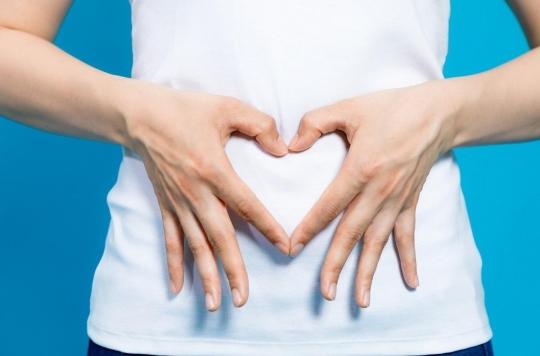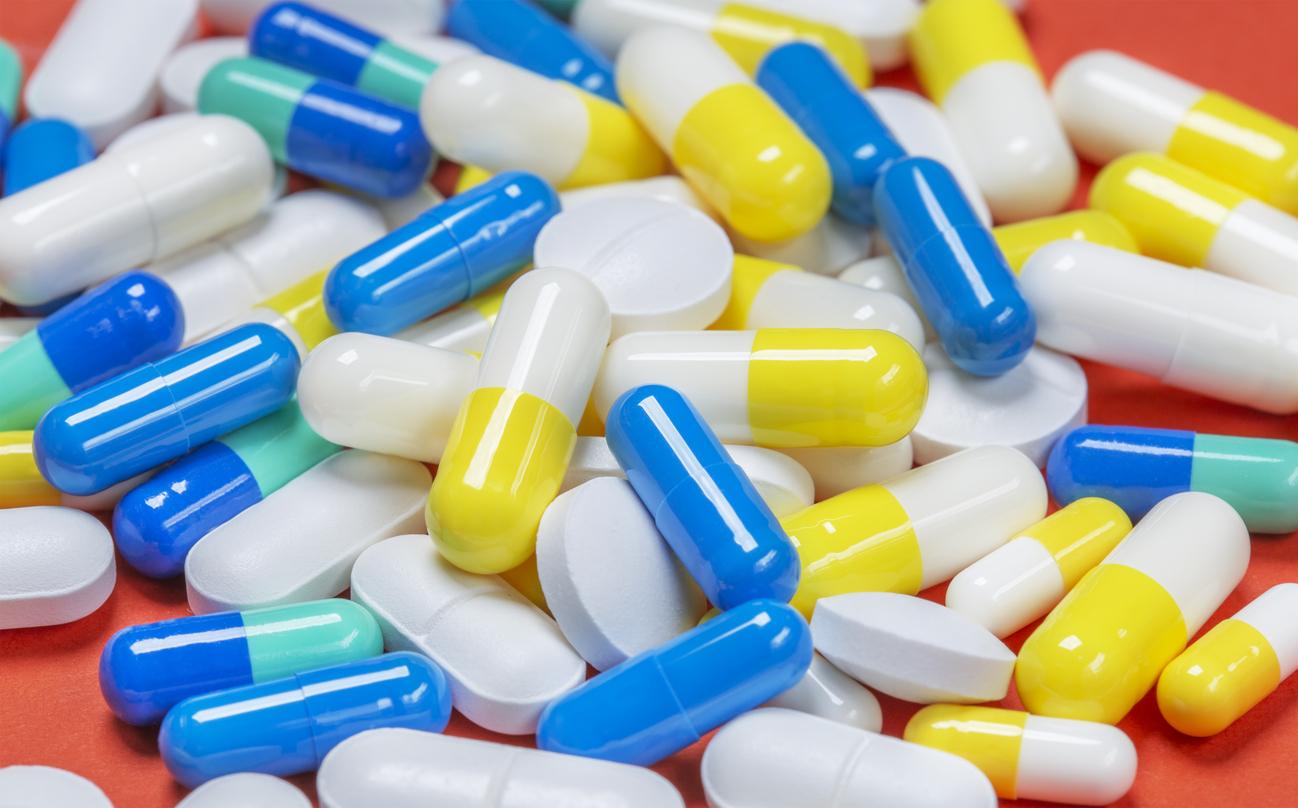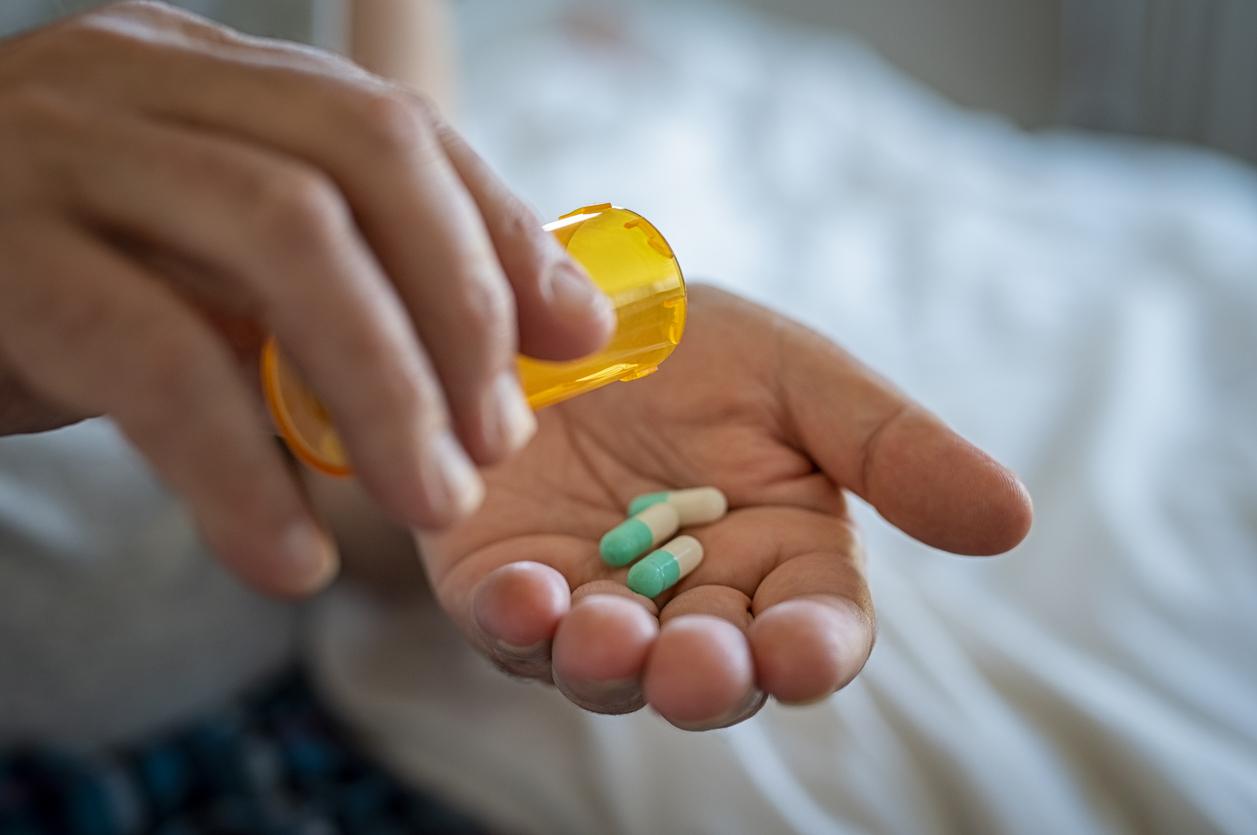Probiotics, usually prescribed after antibiotic treatment, would not be the best solution.

- After antibiotic treatment, take care of your microbiome and its bacteria.
- A high fiber diet is a good solution.
Researchers evaluated three types of therapies aimed at restoring the balance of the intestinal microbiome after antibiotic treatment: probiotics, faecal transplantation and fiber consumption. It appears that the third option would be preferable to the other two.
Antibiotics attack harmful bacteria that cause disease, but they also cause collateral damage to the microbiome, the bacterial flora that lives in our intestines. This leads to a massive – but usually temporary – decrease in beneficial bacteria.
“Beneficial” bacterial strains
The classic strategy to alleviate this disorder is to take probiotics containing live bacteria, during or after antibiotic treatment. The reasoning is simple: the good bacteria in the intestine are victims of antibiotics, so why not replace them with the “beneficial” bacterial strains of probiotics in order to allow the intestinal bacteria to restore their balance?
But this idea has been challenged by another study. The participants were subjected to antibiotic treatment and divided into two groups: the first received 11 strains of probiotics for 4 weeks, the second took a placebo.
A complex system
The researchers found that the damage caused by the antibiotics to the gut bacteria of the members of the first group had allowed the probiotic strains to effectively colonize the gut. But this process delayed the normal recovery of the microbiota, which remained disrupted throughout the six months of the study. In contrast, the microbiota of participants in the second group returned to normal within three weeks of antibiotic treatment. So this study revealed a startling fact: we still don’t know what types of bacteria are actually beneficial, or even what a healthy microbiome is made up of.
On the other hand, individual bacterial strains are probably not particularly useful. Instead, it’s thousands of microbes working together that could have beneficial health effects. This therefore means that the addition of one or more bacterial strains to a probiotic will not affect the balance of this complex system.
A fuel for bacterial fermentation
The study also explored an alternative approach to restoring the microbiome. Participants’ own stools in one group were collected and frozen prior to antibiotic treatment. They were then reintroduced into their intestines at the end of this treatment. This practice, called fecal transplantation, restored the microbiome to its original level after just eight days. The other group took 21 days to recover. Thus, this solution effectively restores the intestinal microbiome after antibiotic therapy, but patients are still at risk of serious complications, such as blood infections.
Fibers are a third option. Their compounds pass undigested through the small intestine and continue their journey through the colon, where they serve as fuel for bacterial fermentation. In summary, if you’re on antibiotics or have recently undergone treatment, include plenty of vegetables, fruits, and whole grains in your diet. Your gut bacteria will thank you.
















